13 Impressive Photos of Antoni Gaudí's Magical Architecture
Categories: Culture | Design and Architecture | History | Photo project | Society | World
By Vika https://pictolic.com/article/13-impressive-photos-of-antoni-gauds-magical-architecture.htmlBorn in Catalonia, Spain, Antoni Gaudí showed a keen interest in architecture from a young age. He continued to study the subject in Barcelona, the city that would be home to his most famous work.
Gaudí's architectural style is inspired by nature, and many of his works reflect plant and animal life, such as his famous mosaic dragon at the entrance to Parc Güell in Barcelona.
Take a look at the exteriors and interiors of these seven magical works by Gaudí.
13 PHOTOS
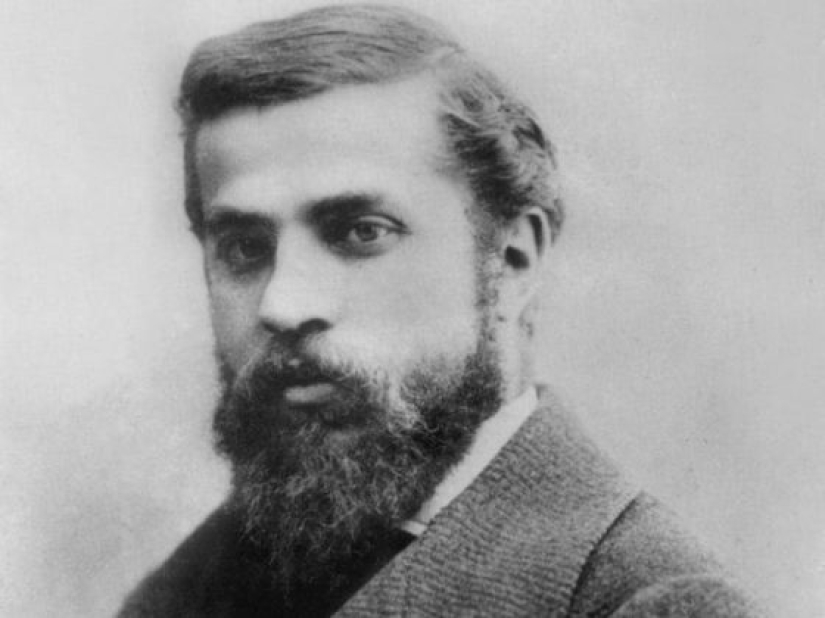
1. Antoni Gaudí lived from 1852 to 1926. Tragically, he died after being hit by a tram.
When Gaudi was hit by a tram because of his untidy appearance and the fact that he did not have any papers, he was mistaken for a beggar. He was given only the most basic medical care, and it was not until the next day that the priest at Sagrada Familia recognized him as a famous architect. However, it was too late and he died two days later.
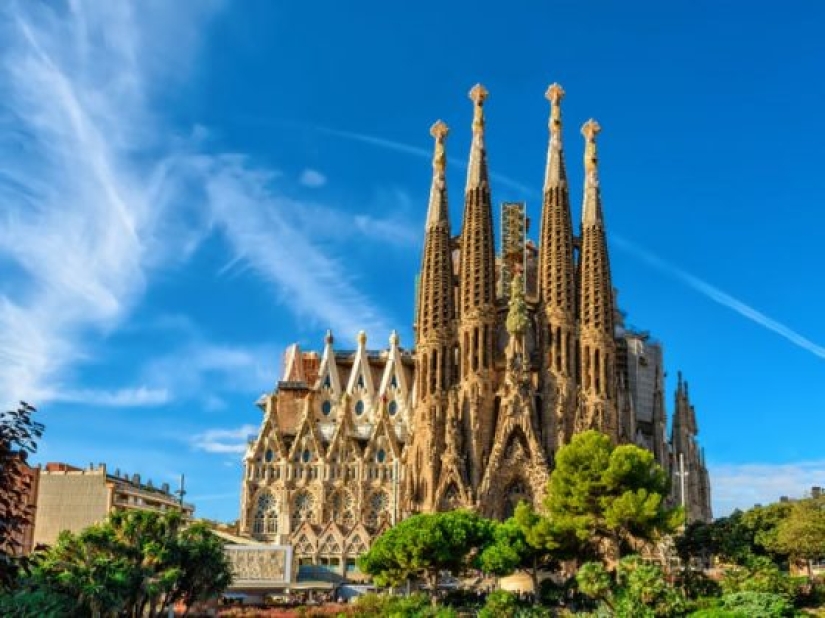
2. One of Gaudí's most famous works is the Sagrada Familia. The temple remains unfinished.
Gaudí's tomb is also located inside the Sagrada Familia and visitors can see it. The construction of the Sagrada Familia began in 1882 and continues to this day.

3. Sagrada Familia has declared a UNESCO World Heritage Site in 1984.
The Sagrada Familia is to have 18 towers when completed: twelve towers will represent the apostles, four will represent the evangelists, one will represent the Virgin Mary, and the tallest tower will represent Jesus Christ.
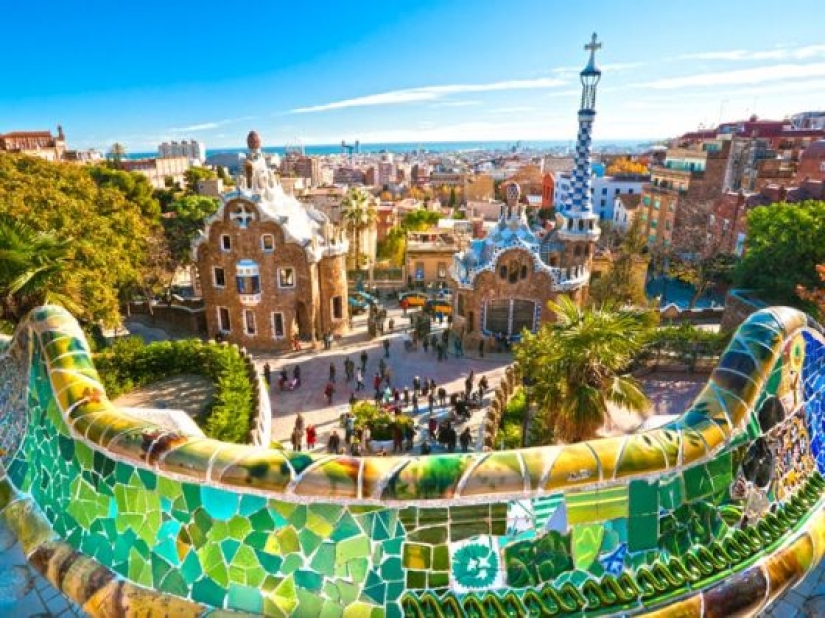
4. Park Güell also became a UNESCO World Heritage Site in 1984. Construction began in 1900 and was never fully completed.
The park reflects Gaudí's love of natural architecture, with colors and structures inspired by plants and animals.
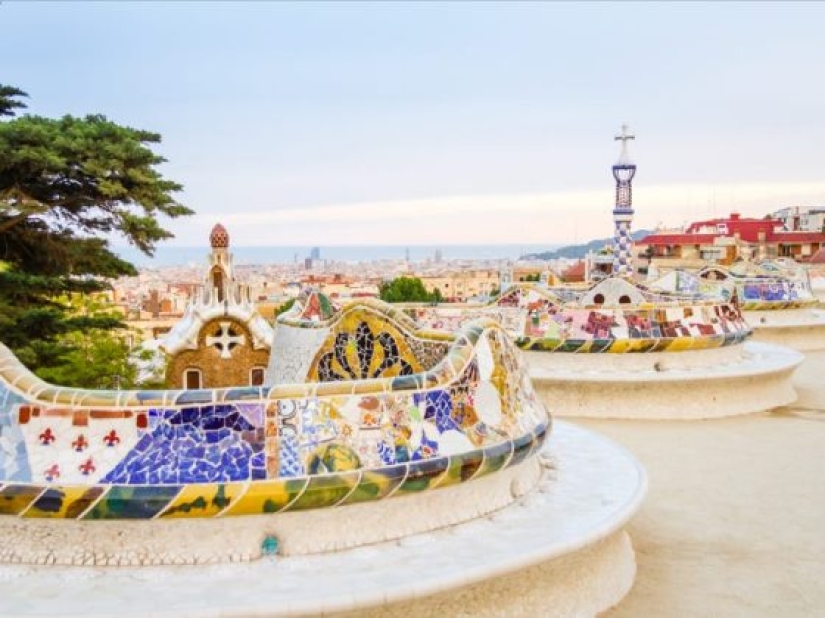
5. The park was originally commissioned by Count Eusebi Güell, who hired Gaudí to create a miniature city.
Güell's plans never came to fruition and the park was purchased by the city in 1922 for use as a public park.
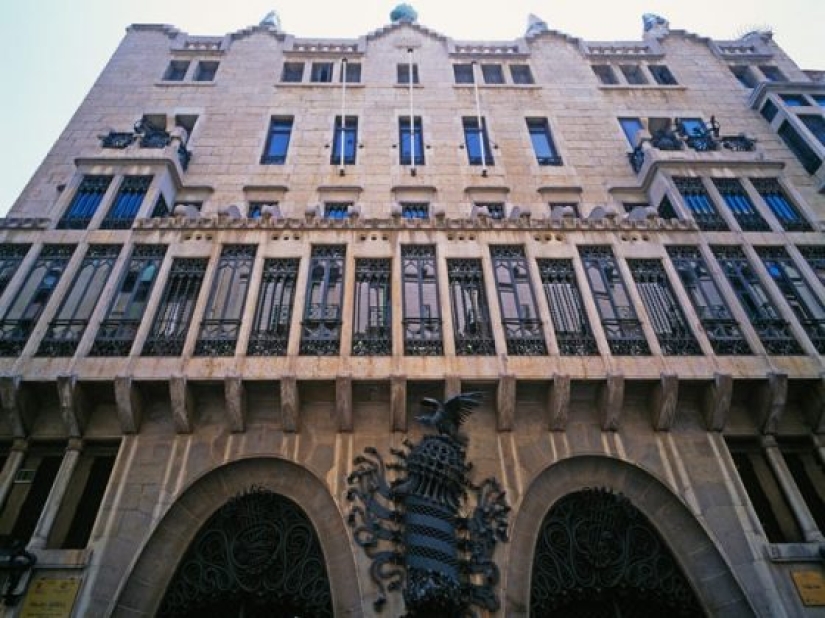
6. Palau Güell has declared a UNESCO World Heritage Site in 1984. It was another of Gaudí's works commissioned by Eusebi Güell.
Construction was completed in 1888.
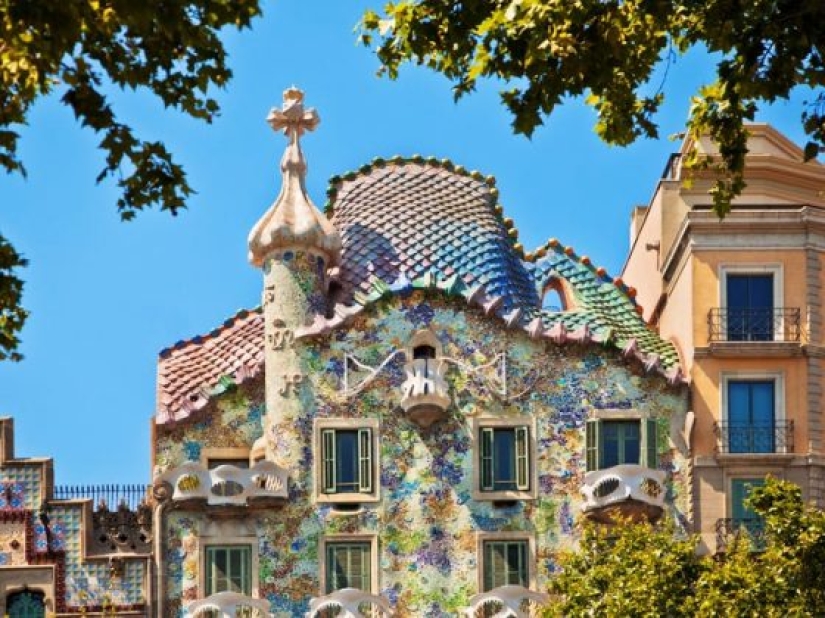
7. Casa Batlló has also declared a UNESCO World Heritage Site in 1984. Gaudí reconstructed one of his teacher's buildings.
The original building was designed in 1877 by Emilio Sala Cortes, one of Gaudí's teachers.
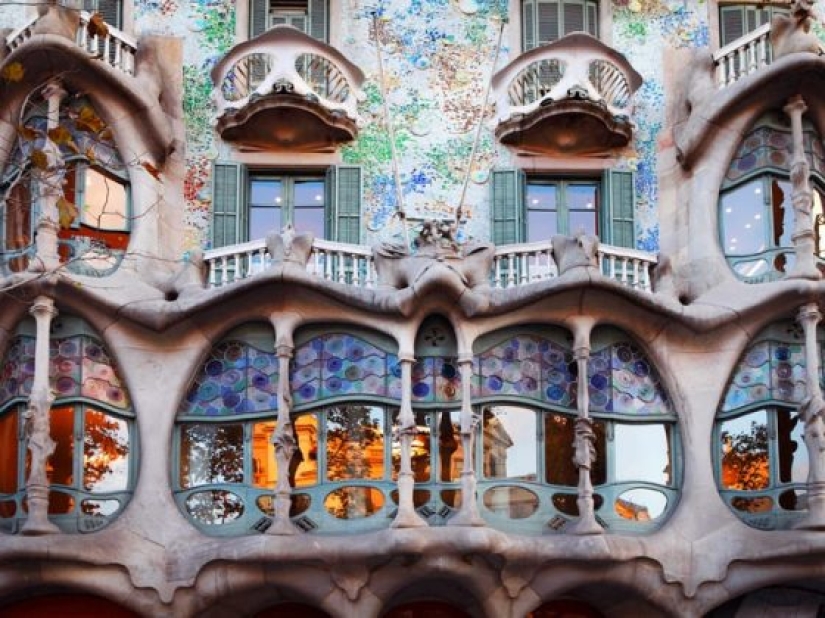
8. Casa Batlló uses natural light to illuminate the entire building.
According to Casa Batlló, Gaudí created his own innovative ventilation system for the building, in which various openings in the house's windows allow air to circulate throughout.

9. Casa Mila has also declared a UNESCO World Heritage Site in 1984. It was built between 1906 and 1912.
It was commissioned by wealthy businessman Pere Mila and his wife.
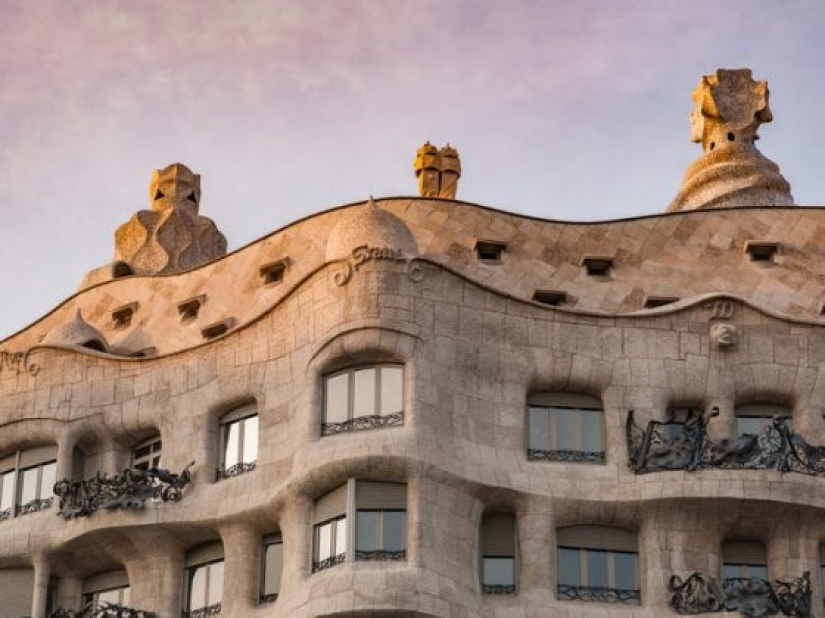
10. The House of Mila was one of Gaudí's last works before he devoted himself entirely to the Sagrada Familia.
The entire facade is made of natural stone. Around the top edge of the building are white ceramic tiles.
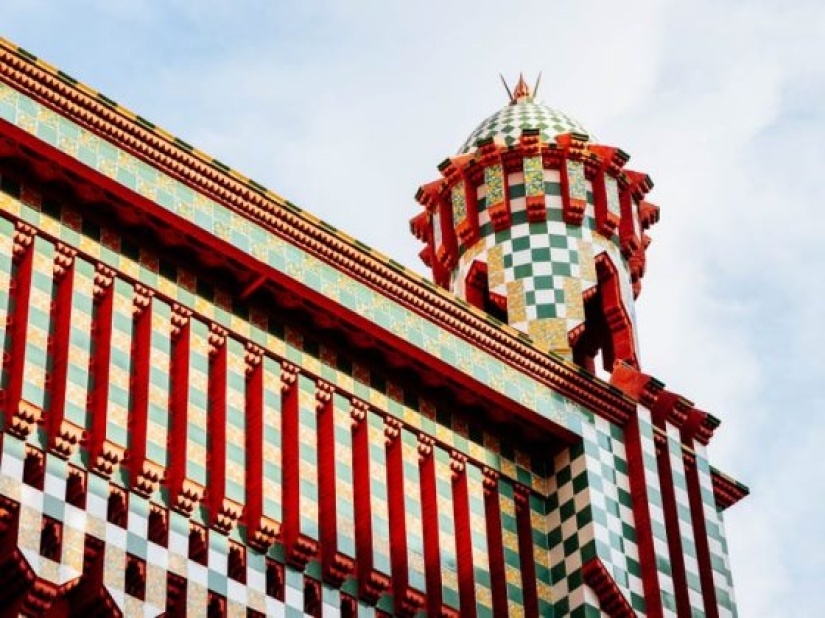
11. Casa Vicens has declared a UNESCO World Heritage Site in 2005 and was Gaudí's first building to be fully completed.
It was built as a summer home for the stockbroker Manel Vicens I Montaner.
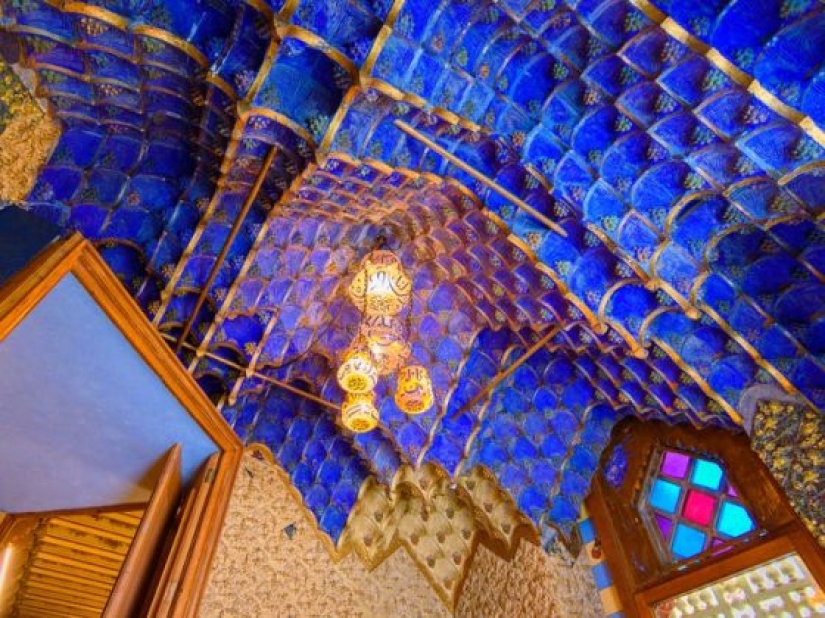
12. The design of Casa Vicens is a mixture of oriental, neoclassical, gothic, Christian, and Moorish influences.
According to House & Garden, the structure is made up of iron, glass, ceramics, concrete, and pressed cardboard, which Gaudí used to create the figures.
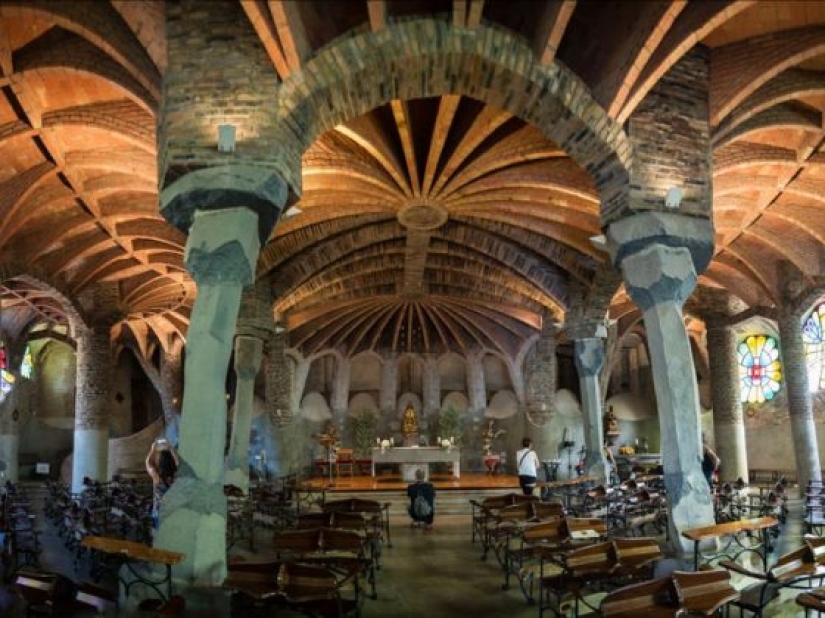
12. The design of Casa Vicens is a mixture of oriental, neoclassical, gothic, Christian, and Moorish influences.
Güell wanted to improve the lives of his workers by building a village for them that included terraced houses, a theatre, a school, shops, gardens, and a church.
Keywords: Photos | Architecture | Design | Art | Famous works | City | Countries | Barcelona
Post News ArticleRecent articles

There are dolls very similar to living people. And there are so realistic that their appearance can only be explained by magic. ...

Japan is deservedly considered one of the safest countries in the world. Even organized crime there has a "human face" ...
Related articles

Famous British photographer Bob Carlos Clarke was born in an Irish corps in 1950. In 1969 he moved to England to study art and ...

A music album is not only a collection of tracks, but also an example of fine art. Each cover carries a certain meaning, and behind ...

Some people constantly complain about the lack of imagination. And I think we understood what it is… Just created the Earth, ...

Famous British photographer Bob Carlos Clarke was born in an Irish corps in 1950. In 1969 he moved to England to study art and ...